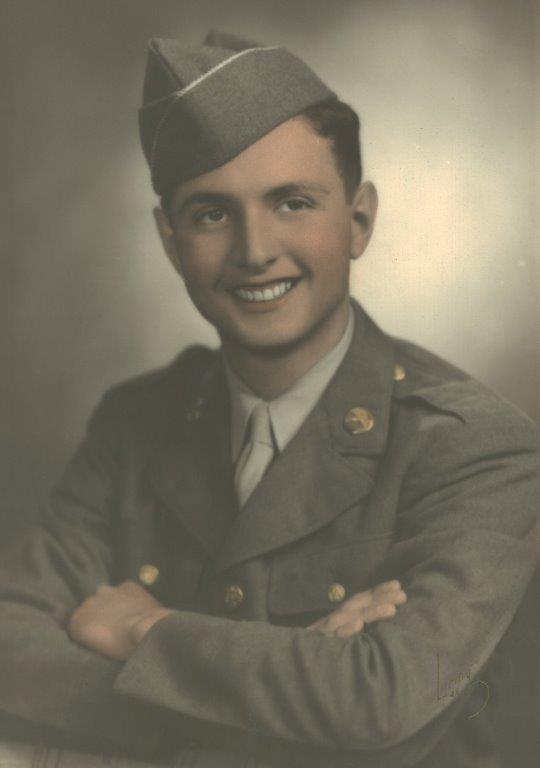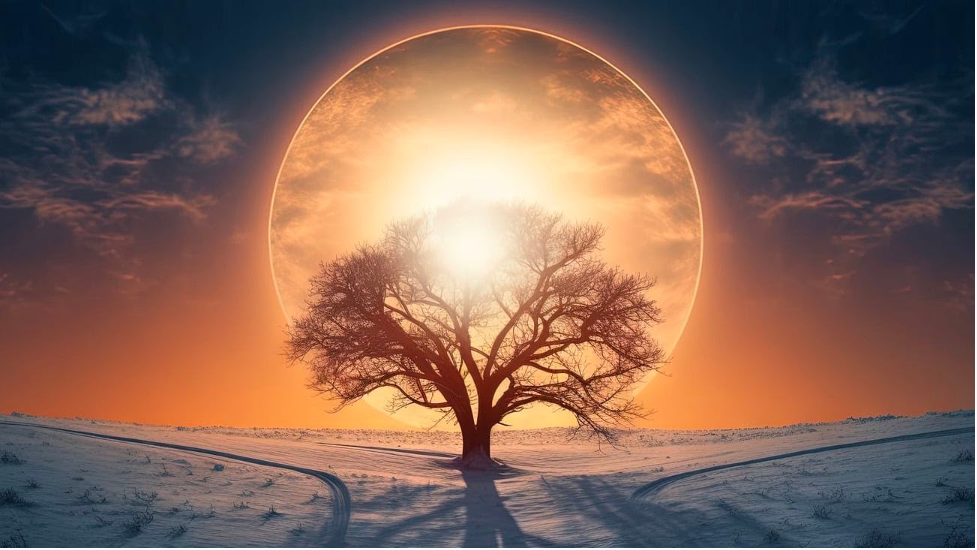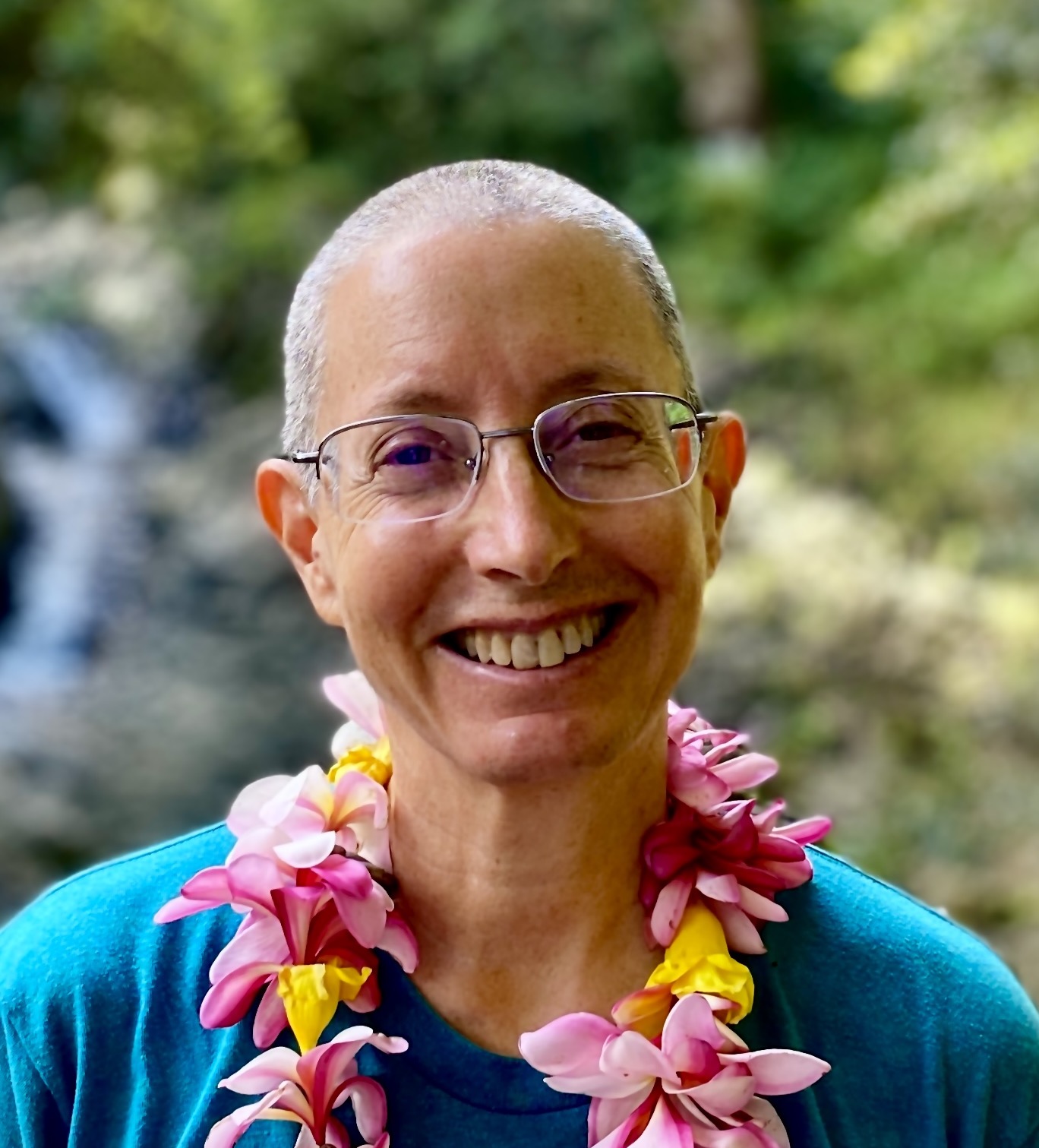Dipa Ma, The Story of a Great Master

Dipa Ma, The Story of a Great Master
March 25, 1911 – September 1, 1989
I first heard about Dipa Ma in 1979 while I was a student at the University of California at Santa Cruz. I was taking a course with Jack Engler and the stories he told about Dipa Ma’s depth of suffering and level of transformation after she began meditating left a deep impression in me. I had a deep and strong aspiration to meet her and I did. In honor of the anniversary of her death and in celebration of her life, may I recount some of what I have learned about this remarkable woman and how she touched my life.
Dipa Ma was born in Bangladesh on March 25, 1911 with the given name Nani Bala Barua. According to the customs of the time Dipa was married at the age of twelve to Ranjani Ranjan. One week after she was married Ranjani went to Rangoon where he worked as an engineer, leaving Dipa alone to live with his family. At the age of fourteen she joined her husband in Burma. Dipa was unable to have children, which naturally is a source of deep sorrow for any married woman, but for a married woman in the Far East it was a family catastrophe.
As a result Ranjani’s family summoned him home under false pretenses and tried to convince him to abandon his wife for another who could bear him a child. Ranjani refused stating he had not married Dipa for her ability to have children. As life is often stranger than fiction, a child was born to Dipa and Ranjani many years later and her status shifted from person-non-grata to being a mother. Then, tragically, the child died. The combined grief of the death of her child and loss of status caused Dipa to collapse. She survived and some years later another child was born who was named Dipa – Dipa Ma literally means Dipa’s mother. A third child was born but died as well. Ranjani was a kind, attentive and loving man but the increased need to care for Dipa and Dipa Ma took its toll on his health and he collapsed and died suddenly in 1957. Within a ten year period Dipa Ma had experienced the death of two children, the death of her husband, and a severe decline in her own health.
Dipa Ma had grown up with an unusual and intense interest in the rituals and care of the monks. She had joined her grandmother’s regular trips to the monastery offering food to the monks and felt a keen interest in meditation. When married she would ask for permission to go to the monastery to learn meditation and was told no, it was not the right time. After her husband died, with poor health and a broken spirit she found her way to the meditation center in Rangoon. So much loss in her life and now told by doctors there was nothing more they could do to help her physical being get well, she literally crawled up the steps on her hands and knees to the front doors of the meditation center and began her journey.
Her meditation practice progressed very rapidly, leading to profound realization – a realization that knows the end of suffering, where the traces of ill will and unwholesome desire are uprooted from the mind. In a very short time she emerged from being a sickly, broken, dependent woman to one who was radiant, peaceful, calm, independent, deeply loving and available to others.
These are the stories Jack told as I sat in his class so many years ago. Being deeply moved I went to India in 1987 to the Maha Bodhi society in Calcutta where I thought I might find Dipa Ma. I walked into the meditation hall where monks where sitting on a platform chanting and there was this tiny woman with her back emanating a remarkable energy – it felt as if I was being embraced by the power of love. I thought: “Who on earth is that?” I had met Dipa Ma.
In the afternoons a few of us who had become friends and were all staying in the Maha Bodhi Society walked across the town to her tiny apartment. After a time of meditation she would get Dipa to translate questions for her and we would sit quietly listening. When we left, she would give each of us a hug, blow over our heads and say something. I never knew what she was saying but the feeling was of a deep blessing.
The stories I had heard from Jack spoke of remarkable things. Dipa Ma could be in two places at once and walk through walls. She could remember past lives and go back to the time of the Buddha and listen to what he was saying. She could travel into the future and hear what was being said and visit the different realms of existence. And more, these abilities were scientifically verified. I had grown up perceiving a woman’s power in one who would be jumping into a pick up truck with a chain saw. But the quality of power that was Dipa Ma was love. It felt as if I was in a vast ocean, still, timeless, penetrating – as if she could see me clearly and nothing was excluded or judged. Every part of me felt embraced and accepted. Nothing I had experienced had touched me like that before.
I went to Amaravati Buddhist Monastery in England and later became a nun – Dipa Ma died in September 1989. In memorial I planted an oak tree in the Buddha Grove at Amaravati in 1990. A simple tree with no reference to the person it was planted for nor did I tell anyone. As a young nun I would put Dip Ma’s picture in the tree and chant, and do walking meditation towards it and around it. In the early rough years of being a nun I found solace in being close to that tree.
I was away from Amaravati from 2000 – 2005 and when I returned I could not remember exactly which tree was Dip Ma’s – so many trees had been planted there. I recalled after the first few years of planting her tree, it took on a very loving energy. When I returned to Amaravati looking for her tree, I walk from tree to tree putting my back against the bark of each until I came to that loving energy. It felt like I was standing under a waterfall of cascading love. But what flabbergasted me was while talking with a friend who had been coming to Amaravati for nearly twenty years, she was telling me about the “Mother Tree” in the Buddha Grove. When I asked where, she described Dipa Ma’s tree. It had been my friend’s own discovery. Now the tree is marked and there are pictures of the tree, a bridge later built in Dipa Ma’s honor at Chithurst with its sign: “To honor Dipa Ma is to walk the path of peace”.
Have you met someone who has touched your core with love and changed your life?
Has suffering been a gateway for you? In what way?
If suffering hasn’t been a gateway, what have been your gateways?
Dipa Ma: Web site: http://www.dipama.com
Facebook group: http://alurl.com/kwwg
Books: Dipa Ma: the Life and Legacy of a Buddhist Master, Amy Schmidt
Knee Deep in Grace, Amy Schmidt
Visits our photo gallery to see photos of Dipa Ma.
Awakening Truth Newsletter!


 Amma Thanasanti
Amma Thanasanti





